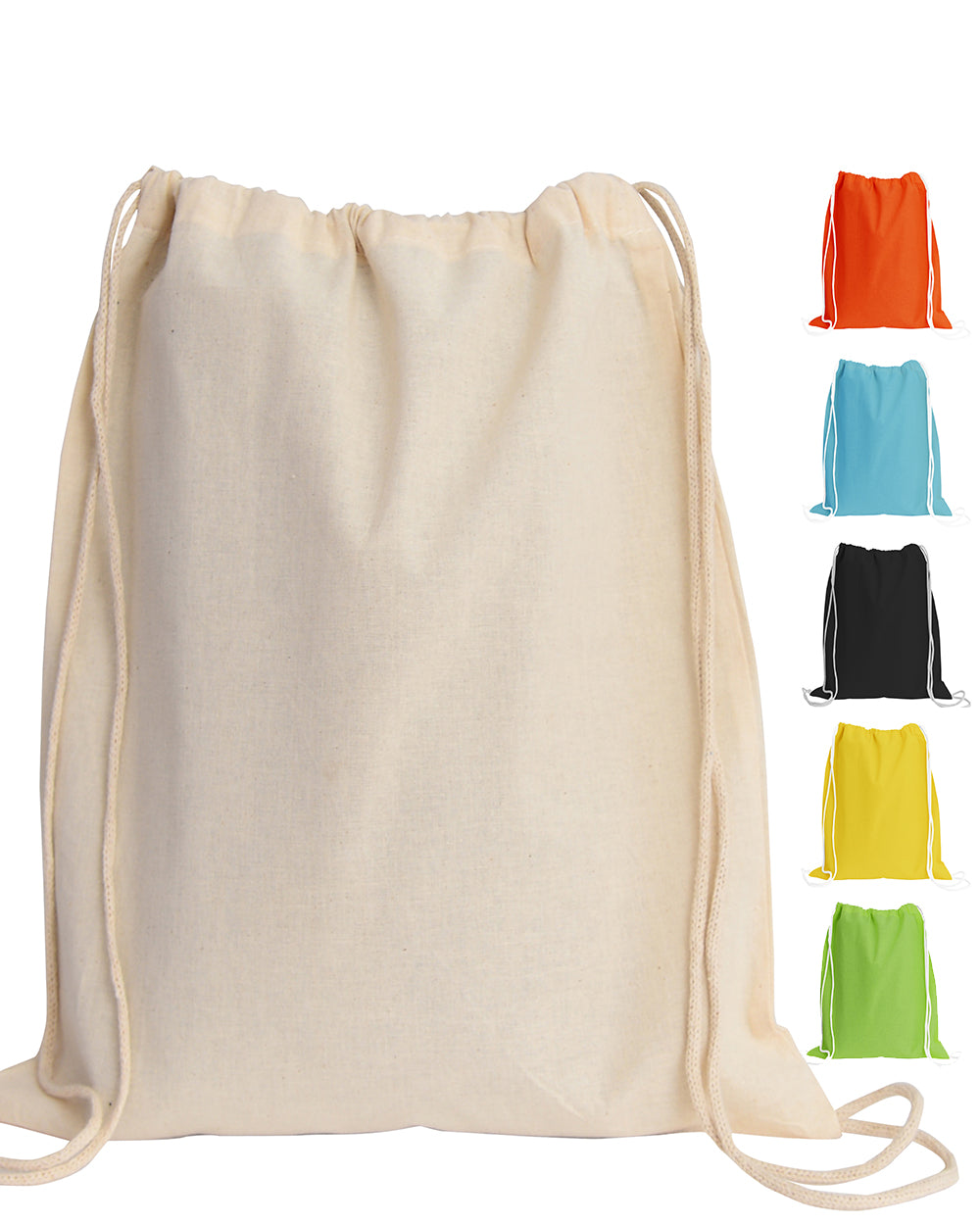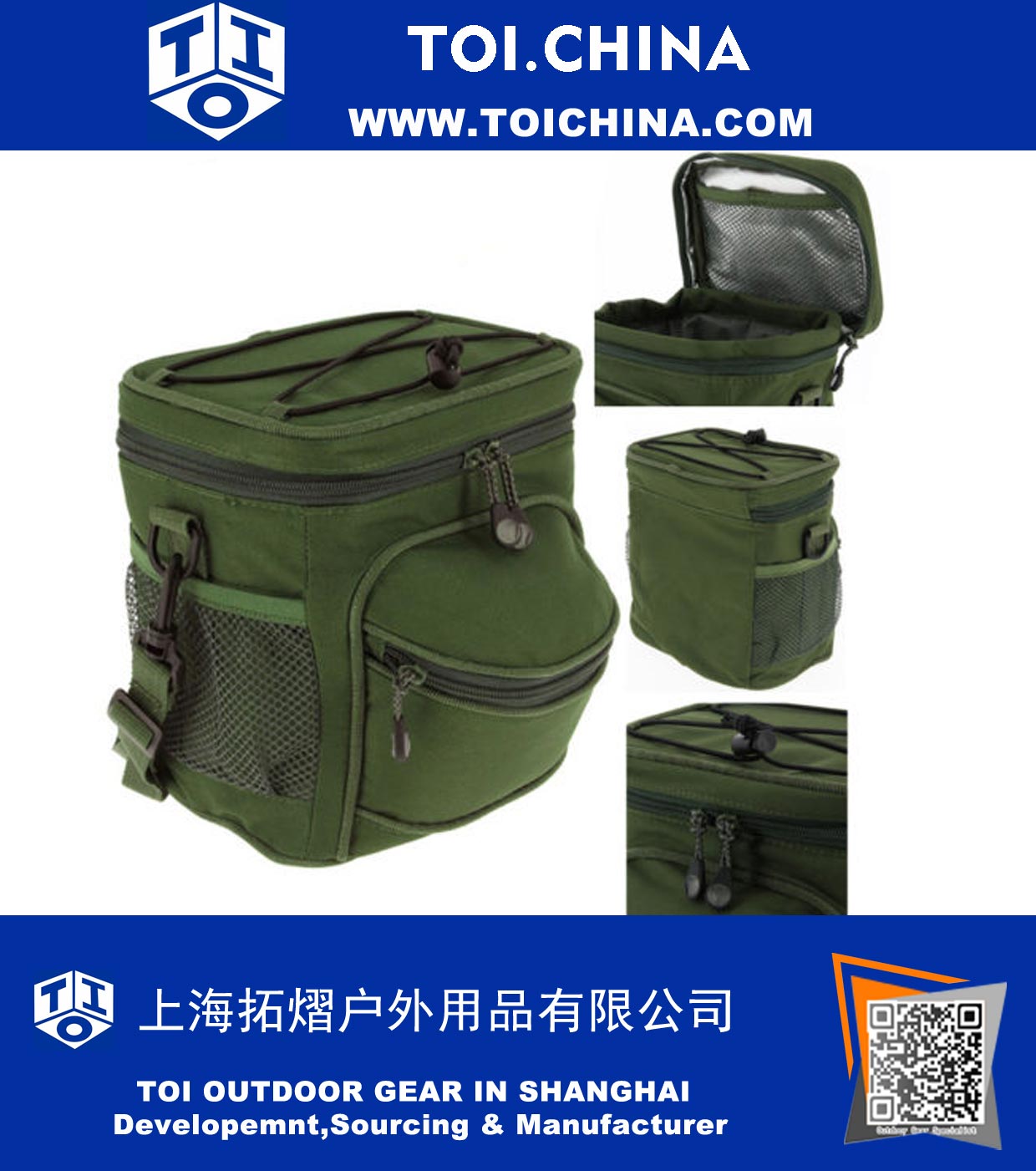Natural fabrics originate from plants and animals, offering breathability. Synthetics are lab-created polymers, known for durability and lower costs.
The debate between natural and synthetic textiles touches every aspect of our lives, from the clothes we wear to the furnishings in our homes. Understanding their core differences is essential for making informed choices that align with your lifestyle, values, and comfort. This comparison will delve into the sources, properties, and impacts of both fabric categories, empowering you to select the right material for any occasion.
Table of Contents
1. What Defines Natural and Synthetic Fabrics?
1.1 The Essence of Natural Fabrics
1.2 The Creation of Synthetic Fabrics
2. Key Differences: A Head-to-Head Comparison
3. Exploring Common Natural Fabrics
3.1 Plant-Based Fibers: Cotton, Linen, and Hemp
3.2 Animal-Based Fibers: Wool, Silk, and Leather
4. A Look at Popular Synthetic Fabrics
4.1 The Workhorses: Polyester and Nylon
4.2 The Specialists: Spandex, Acrylic, and Rayon
5. Which Fabric is Better for Your Health and Comfort?
5.1 Breathability and Moisture Management
5.2 Hypoallergenic Properties and Skin Sensitivity
6. The Environmental Footprint: A Crucial Consideration
6.1 Sustainability of Natural Materials
6.2 The Lifecycle of Synthetic Textiles
7. Making the Right Choice for Your Wardrobe
7.1 When to Choose Natural Fabrics
7.2 When Synthetics Are the Practical Option
What Defines Natural and Synthetic Fabrics?
At the most fundamental level, the distinction between these two categories lies in their origin. One is a product of nature, refined by human hands, while the other is a product of human ingenuity, created in a laboratory. This core difference dictates nearly every characteristic of the final textile, from its feel to its function and eventual decay.
The Essence of Natural Fabrics
Natural fabrics are derived from fibers found in the natural world, sourced from either plants or animals. Plant-based fibers include cotton (from the cotton boll), linen (from the flax plant), and hemp. Animal-based fibers include wool (from sheep), silk (from silkworms), and leather (from animal hides). Because they originate from organic sources, these materials often possess inherent variations and unique textures. They have been used by humanity for millennia, valued for their comfort and connection to the environment.
The Creation of Synthetic Fabrics
Synthetic fabrics, in contrast, are man-made. They are synthesized through chemical processes, primarily using petroleum-based chemicals. Common examples include polyester, nylon, acrylic, and spandex. The process involves creating a polymer liquid, which is then extruded through a device called a spinneret to form long, continuous filaments. These filaments are then spun into yarn. This manufacturing process allows for high levels of control, resulting in fabrics engineered for specific traits like extreme durability, water resistance, or stretch.
Key Differences: A Head-to-Head Comparison
To understand the practical implications of these origins, a direct comparison is helpful. The following table breaks down the primary characteristics of each fabric type, highlighting their respective strengths and weaknesses.
| Feature | Natural Fabrics | Synthetic Fabrics |
|---|---|---|
| Source | Plants (cotton, linen) and animals (wool, leather, silk) | Chemical synthesis, often from petroleum (fossil fuels) |
| Breathability | Generally high; allows air and moisture to pass through | Generally low; can trap heat and moisture against the skin |
| Moisture Handling | Absorbent (e.g., cotton) or wicking (e.g., wool) | Hydrophobic (repels water); wicks sweat away from the body |
| Durability | Varies greatly; leather and hemp are very strong, while silk is delicate | Typically very high; resistant to abrasion, chemicals, and stretching |
| Environmental Impact | Biodegradable; production can be resource-intensive (water for cotton) | Non-biodegradable; derived from non-renewable resources; sheds microplastics |
| Skin Sensitivity | Often hypoallergenic and gentle on the skin | Can sometimes cause irritation due to chemicals and trapped moisture |
| Cost | Typically higher due to farming and processing costs | Generally lower due to mass production efficiency |
Exploring Common Natural Fabrics
Natural materials are celebrated for their comfort and timeless appeal. Their unique properties make them suitable for a wide range of applications, from everyday clothing to luxury goods.
Plant-Based Fibers: Cotton, Linen, and Hemp
Cotton is the world’s most popular natural fiber, prized for its softness, breathability, and absorbency. It is the go-to material for t-shirts, denim, and undergarments. However, it can be slow to dry and wrinkles easily. Linen, made from the flax plant, is exceptionally strong, breathable, and absorbent, making it ideal for warm climates. Its characteristic crisp texture softens with each wash. Hemp is a highly durable and sustainable fiber that requires less water and no pesticides to grow, offering a robust texture that is excellent for outerwear and bags.
Animal-Based Fibers: Wool, Silk, and Leather
Wool is a superior insulator, capable of keeping you warm even when damp. Its crimped fibers create air pockets that trap heat, and it is naturally moisture-wicking and odor-resistant. Silk is a luxury protein fiber known for its incredible softness, smooth texture, and beautiful sheen. Despite its delicate appearance, it has a high tensile strength.
Leather stands apart as a material prized for its immense durability, flexibility, and protective qualities. Unlike woven fibers, it is a continuous material that resists tearing and abrasion. At Beldtura Leather, we champion full-grain leather for its unparalleled strength and the unique character, or patina, it develops over time. A well-crafted leather jacket or bag is not merely an accessory; it is a long-term investment in style and function that can last a lifetime, telling a story through every mark and crease.
A Look at Popular Synthetic Fabrics
Synthetic fabrics were engineered to solve problems that natural fibers could not. Their development revolutionized industries by offering high-performance materials at an accessible price point.
The Workhorses: Polyester and Nylon
Polyester is the most widely used synthetic fiber. It is exceptionally durable, wrinkle-resistant, and hydrophobic, meaning it dries very quickly. These qualities make it a staple for activewear, outerwear, and blends designed to improve the resilience of natural fibers. Nylon was the first commercially successful synthetic polymer. It is known for its high strength, elasticity, and excellent abrasion resistance, which is why it is used in everything from stockings and ropes to carpets and backpacks.
The Specialists: Spandex, Acrylic, and Rayon
Spandex (also known as Lycra or elastane) is famous for one thing: incredible stretch and recovery. Even a small percentage blended into another fabric can provide significant comfort and freedom of movement, making it essential for athletic wear and form-fitting garments. Acrylic was developed as a synthetic alternative to wool. It is lightweight, soft, and warm, with excellent color retention and resistance to sunlight and chemicals, but it lacks wool’s breathability and moisture management.
Rayon (or viscose) occupies a unique space as a “semi-synthetic” fiber. It is made from a natural source—wood pulp—but undergoes an intensive chemical process to be transformed into a usable fiber. It can mimic the feel of silk, wool, or cotton but is often less durable, especially when wet.
Which Fabric is Better for Your Health and Comfort?
How a fabric feels against your skin and how it interacts with your body’s temperature and moisture are critical factors in your daily comfort.
Breathability and Moisture Management
Breathability refers to a fabric’s ability to allow air to pass through it, which helps regulate body temperature. Natural fibers like cotton, linen, and wool are highly breathable. They let heat escape and fresh air circulate, preventing overheating. Synthetics like polyester and nylon are far less breathable. They can create a “clammy” feeling by trapping a layer of warm, moist air next to the skin. While they are excellent at wicking sweat away from the body to the fabric’s surface for evaporation, they do not offer the same level of passive air exchange.
Hypoallergenic Properties and Skin Sensitivity
For individuals with sensitive skin or allergies, the choice of fabric is paramount. Natural fibers are generally hypoallergenic. Materials like silk and cotton are smooth and free from complex chemicals that might cause irritation. Synthetics, on the other hand, can sometimes exacerbate skin issues. The chemicals used in their manufacturing can be irritants, and their low breathability can foster the growth of odor-causing bacteria in trapped sweat.
The Environmental Footprint: A Crucial Consideration
In today’s world, the sustainability of our choices cannot be ignored. Both natural and synthetic fabrics have complex environmental impacts that span their entire lifecycle, from creation to disposal.
Sustainability of Natural Materials
The greatest environmental advantage of natural fabrics is that they are biodegradable. At the end of their life, a cotton shirt or a wool sweater will decompose and return to the earth. However, their production is not without its challenges. Conventional cotton farming is one of the most water- and pesticide-intensive agricultural processes in the world. Organic cotton and other fibers like hemp and linen offer a more sustainable alternative. Similarly, leather production requires significant resources, but a high-quality leather product’s longevity means it replaces countless disposable synthetic items, reducing overall waste.
The Lifecycle of Synthetic Textiles
Synthetic fabrics pose two major environmental problems. First, their production relies on non-renewable resources, primarily fossil fuels. This process is energy-intensive and contributes to carbon emissions. Second, they are essentially a form of plastic and are not biodegradable, persisting in landfills for hundreds of years. Furthermore, every time synthetic garments are washed, they shed tiny plastic fibers known as microplastics, which pollute waterways and oceans, entering the food chain and posing a threat to ecosystems and human health.
Making the Right Choice for Your Wardrobe
The “better” fabric ultimately depends on the specific application. A well-rounded wardrobe often benefits from having both, chosen thoughtfully for their intended purpose.
When to Choose Natural Fabrics
Opt for natural fabrics for items that will have direct, prolonged contact with your skin. This includes everyday essentials like t-shirts, underwear, and bed linens, where breathability and softness are key. Natural materials are also the premier choice for investment pieces. A timeless wool coat, a versatile linen blazer, or a durable full-grain leather jacket from Beldtura Leather will provide years of comfort and style, aging gracefully in a way that synthetics cannot replicate.
When Synthetics Are the Practical Option
Synthetics excel in performance-driven situations. For intense physical activity, a polyester or nylon shirt will wick sweat away from your body, keeping you dry and comfortable. For outdoor adventures, a synthetic jacket offers unparalleled water resistance and durability against the elements. Their lower cost and easy-care nature also make them a practical choice for items that need to be washed frequently or withstand heavy wear and tear, such as children’s clothing or work uniforms.


